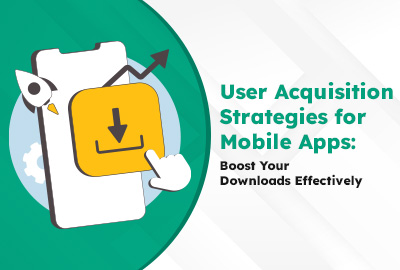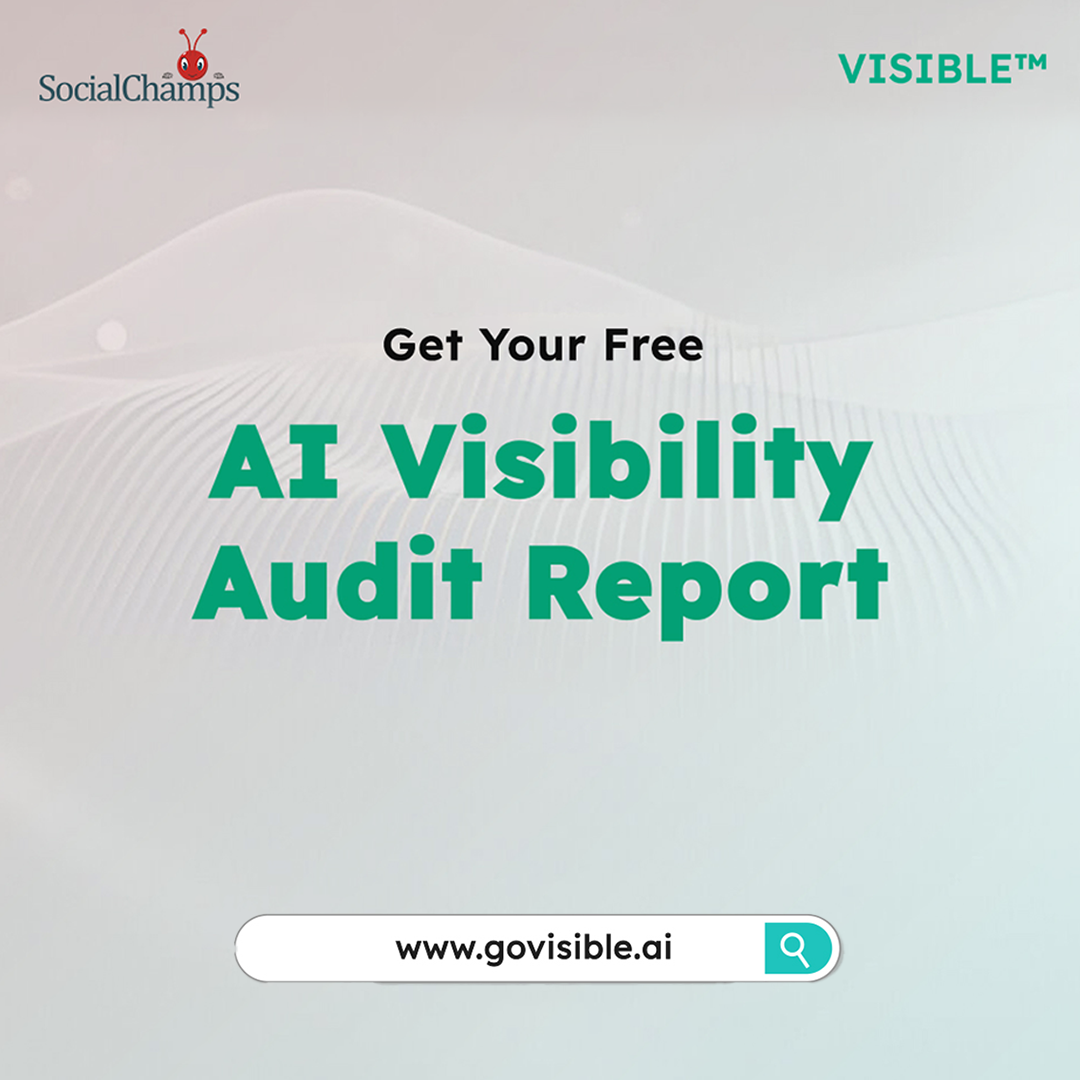This post is a continuation of our series of “Comprehensive Guide to Mobile App Marketing“.
In today’s competitive app market, having a well-designed mobile app is not enough. To achieve success, you need a robust user acquisition strategy. This guide will help you navigate the various channels and tactics to attract and retain users for your mobile app.
Understanding User Acquisition Strategies for Mobile Apps
User acquisition refers to the process of gaining new users for your mobile app through marketing strategies and techniques. A successful user acquisition strategy involves identifying your target audience, choosing the right acquisition channels, and continually optimizing your approach based on data and feedback.
Paid Channels: Fast-Track Your User Growth
Paid channels offer a quick way to boost your app’s visibility and downloads. Here are some effective paid strategies:
1. Google Ads
Google Ads allows you to create campaigns that display your app on Google search results, YouTube, and other Google properties. By targeting specific keywords related to your app, you can attract users actively searching for solutions your app provides.
Key Tips:
Use compelling ad copy that highlights your app’s unique features.
Utilize app extensions to include a direct download link.
Optimize your landing page for conversions.
2. Facebook Ads
Facebook’s extensive user data and targeting options make it a powerful platform for app promotion. You can target users based on demographics, interests, behaviors, and even custom audiences from your existing user base.
Key Tips:
Create eye-catching visuals and videos to grab attention.
A/B test different ad creatives and copy to see what works best.
Use Facebook’s app install ads to drive direct downloads.
3. Instagram Ads
Instagram, a visual-centric platform, is ideal for apps with strong visual elements. Similar to Facebook, Instagram offers detailed targeting options to reach your ideal audience.
Key Tips:
Leverage high-quality images and short videos to showcase your app.
Utilize Instagram Stories ads for immersive, full-screen experiences.
Incorporate clear calls to action to encourage downloads.
4. TikTok Ads
TikTok, known for its engaging and viral content, offers a unique opportunity to promote your app to a younger audience. TikTok ads can be highly effective if your app appeals to this demographic.
Key Tips:
Create authentic, creative, and engaging content.
Collaborate with TikTok influencers to reach a broader audience.
Use TikTok’s app install ads for seamless user acquisition.
Organic Strategies: Sustainable and Cost-Effective Growth
Organic strategies, while slower, are crucial for sustainable and cost-effective user acquisition. Here are some key organic tactics:
1. Social Media Marketing
Social media platforms like Facebook, Twitter, LinkedIn, and Pinterest provide an excellent opportunity to connect with potential users. Regularly posting engaging content and interacting with your audience can build a loyal user base.
Key Tips:
Share valuable content related to your app’s niche.
Engage with your audience through comments, likes, and shares.
Use hashtags strategically to increase visibility.
2. Content Marketing
Content marketing involves creating and sharing valuable content to attract and engage your target audience. Blog posts, articles, videos, and infographics can help establish your app as an authority in its niche.
Key Tips:
Create content that addresses your audience’s pain points and interests.
Optimize your content for SEO to attract organic traffic.
Share your content across social media and other channels.
Read this comprehensive article about Mobile App Store Optimization (ASO).
3. Influencer Marketing
Influencer marketing leverages the reach and trust of popular personalities to promote your app. Collaborating with influencers can provide social proof and drive significant traffic to your app.
Key Tips:
Choose influencers whose audience aligns with your target market.
Ensure the influencer’s content is authentic and aligns with your brand.
Track and measure the performance of your influencer campaigns.
4. Referral Programs
Referral programs incentivize your existing users to refer your app to others. This word-of-mouth marketing can be incredibly effective and cost-efficient.
Key Tips:
Offer attractive rewards for both referrers and new users.
Make the referral process simple and user-friendly.
Promote your referral program within the app and through other channels.
Combining Paid and Organic Strategies
For optimal results, a combination of paid and organic strategies is recommended. Here are some tips for integrating both approaches:
- Balance Your Budget:
Allocate your budget based on your goals and the performance of each channel. Paid channels can provide quick wins, while organic strategies build long-term growth. - Leverage Data and Analytics:
Use analytics tools to track the performance of both paid and organic campaigns. Adjust your strategies based on the data to maximize ROI. - Cross-Promote:
Use your organic channels to promote paid campaigns and vice versa. For example, you can share paid ads or influencer collaborations on your social media profiles.
Measuring Success: Key Metrics for User Acquisition
Tracking and measuring the success of your user acquisition efforts is crucial. Here are some key metrics to monitor:
1. Cost Per Install (CPI)
CPI measures the cost of acquiring a single user through paid campaigns. Keeping your CPI low is essential for maintaining a profitable user acquisition strategy.
2. Customer Lifetime Value (CLTV)
CLTV estimates the total revenue a user is expected to generate during their lifetime as a customer. A high CLTV indicates that your user acquisition efforts are attracting valuable users.
3. Retention Rate
Retention rate measures the percentage of users who continue to use your app over time. High retention rates suggest that your app provides ongoing value to users.
4. Churn Rate
Churn rate is the percentage of users who stop using your app within a specific period. Reducing churn is crucial for maintaining a healthy user base.
5. Conversion Rate
Conversion rate measures the percentage of users who complete a desired action, such as installing the app or making a purchase. Optimizing your conversion rate can significantly impact your overall success.
6. Time to Value (TTV)
Time to Value measure the average time it takes for users to realize the ultimate value. For example: Time it takes a user to take a purchase decision or paid subscription decision from the day he/she installed the app.
Summary
A comprehensive user acquisition strategy involves a mix of paid and organic channels, tailored to your target audience and goals. By leveraging platforms like Google Ads, Facebook, Instagram, and TikTok, and combining them with social media marketing, content marketing, influencer partnerships, and referral programs, you can effectively boost your app’s visibility and downloads.
Remember, continuous optimization based on data and user feedback is key to sustaining growth. Monitor key metrics, adjust your strategies, and stay agile to navigate the ever-evolving mobile app landscape. With a well-executed user acquisition strategy, your mobile app can achieve long-term success and attract a loyal user base.





0 Comments